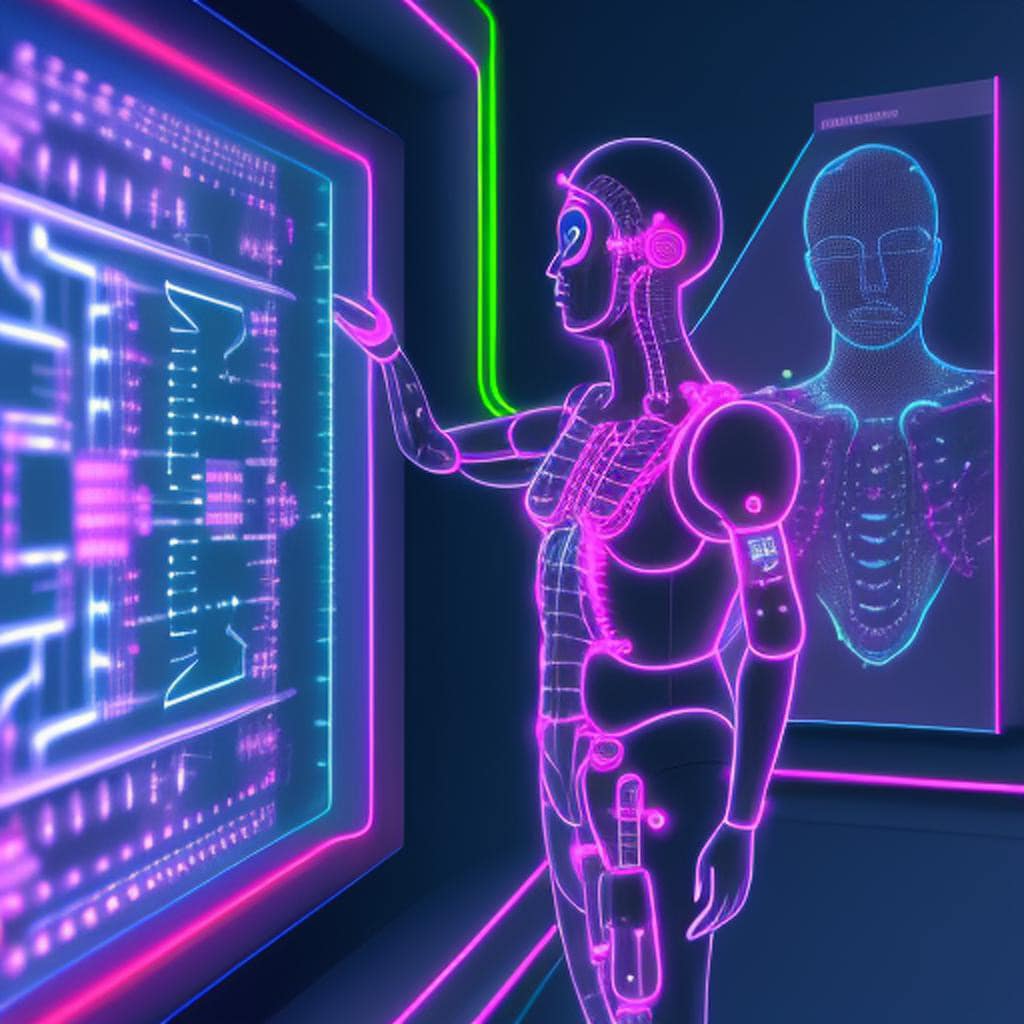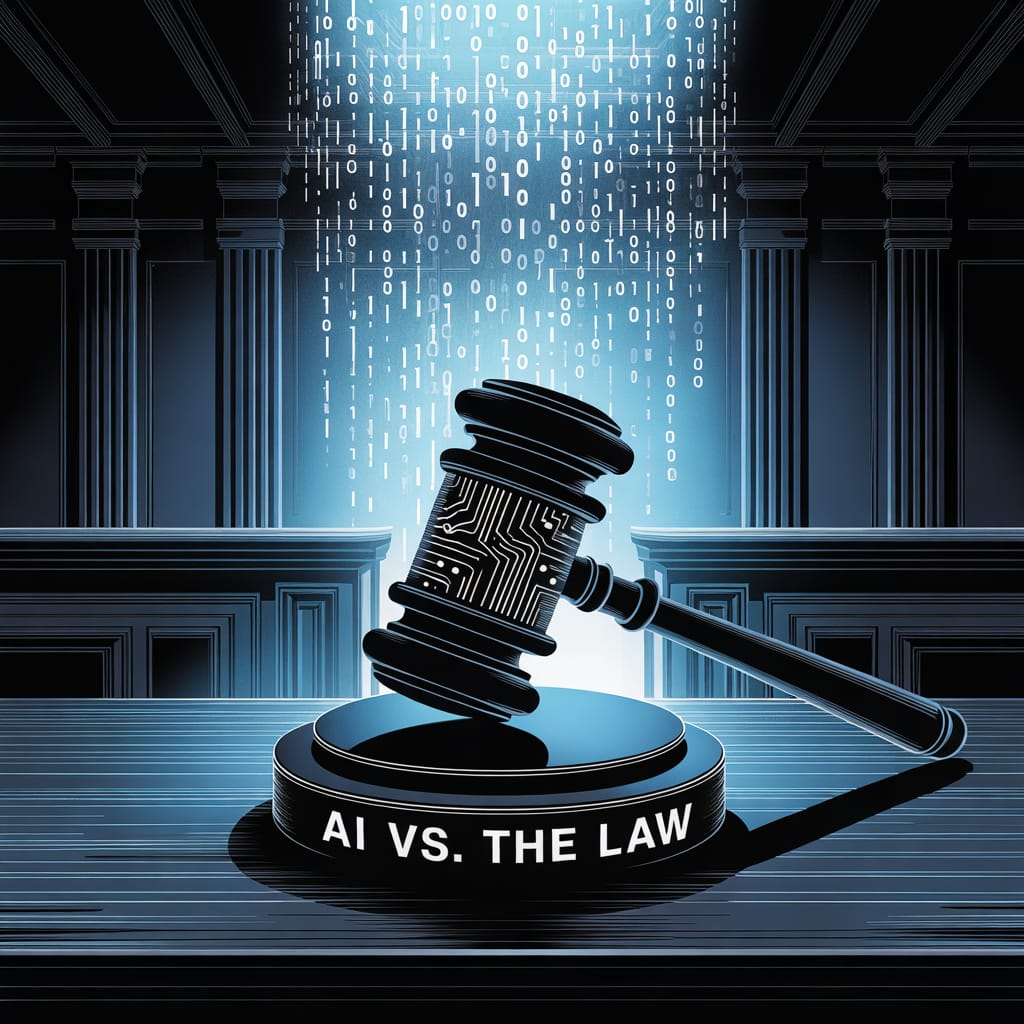Advancing Diagnostics Research and Development in AI Technology
Research and development efforts in artificial intelligence (AI) are driving significant advancements in diagnostic medicine, offering the potential for transformative improvements in healthcare outcomes. These endeavors are focused on enhancing the capabilities, reliability, and applicability of AI in diagnostic processes, paving the way for future innovations.
One area of active research is the development of AI algorithms that can handle uncertainty and variability in diagnostic scenarios. Medical diagnoses often involve complex, ambiguous situations where multiple factors need to be considered. AI researchers are exploring techniques such as probabilistic modeling, uncertainty quantification, and ensemble methods to improve AI algorithms’ ability to handle and express uncertainty. This will enable more robust and reliable diagnostic outputs, aiding healthcare professionals in making informed decisions.
Improving the interpretability and explainability of AI algorithms is another critical research area. Deep learning models, while highly effective, often operate as black boxes, making it challenging to understand the underlying reasoning behind their diagnostic decisions. Researchers are working on developing explainable AI techniques that can provide transparent insights into how AI arrives at its conclusions. By unraveling the decision-making process, healthcare professionals can gain a better understanding of the AI’s outputs and confidently incorporate them into their diagnostic assessments.
Furthermore, ongoing research aims to address the limitations of AI algorithms, such as biases and disparities in diagnostic accuracy across different patient populations. Researchers are developing methods to mitigate biases during training and validation, ensuring fairness and equitable performance of AI models. Collaborative efforts involving diverse and representative datasets are crucial for reducing biases and achieving more accurate and unbiased diagnostic outcomes.
Advancements in AI technology also involve refining algorithms’ performance through continuous learning and adaptation. AI systems are being designed to continuously update and improve their diagnostic capabilities based on new data and feedback from healthcare professionals. This iterative learning process enables AI algorithms to become more accurate, efficient, and adaptable over time, further enhancing their diagnostic capabilities.
Moreover, research efforts are directed towards integrating AI with emerging technologies, such as genomics, wearable devices, and Internet of Things (IoT) sensors. By combining AI with these technologies, researchers aim to develop comprehensive diagnostic tools that leverage a wide range of patient data, enabling more precise and personalized diagnostics. This integration has the potential to revolutionize preventive care, early disease detection, and treatment planning.
Collaboration between AI researchers, healthcare professionals, and industry partners is vital for driving innovation in diagnostic medicine. Academic institutions, healthcare organizations, and technology companies are working together to share expertise, resources, and data to propel AI research forward. Collaborative initiatives foster multidisciplinary approaches, enabling a holistic understanding of healthcare challenges and the development of effective AI solutions.
In conclusion, research and development efforts in AI technology are propelling diagnostic medicine into new frontiers. Advancements in handling uncertainty, improving interpretability, addressing biases, continuous learning, and integrating AI with emerging technologies are shaping the future of diagnostics. Through collaborative research and a commitment to ethical and responsible implementation, AI has the potential to revolutionize diagnostic processes, leading to improved patient outcomes and transforming healthcare as a whole

Thank you for questions, shares and comments!
Share your thoughts or questions in the comments below!
Source OpenAI’s GPT language models, Fleeky, MIB, & Picsart






